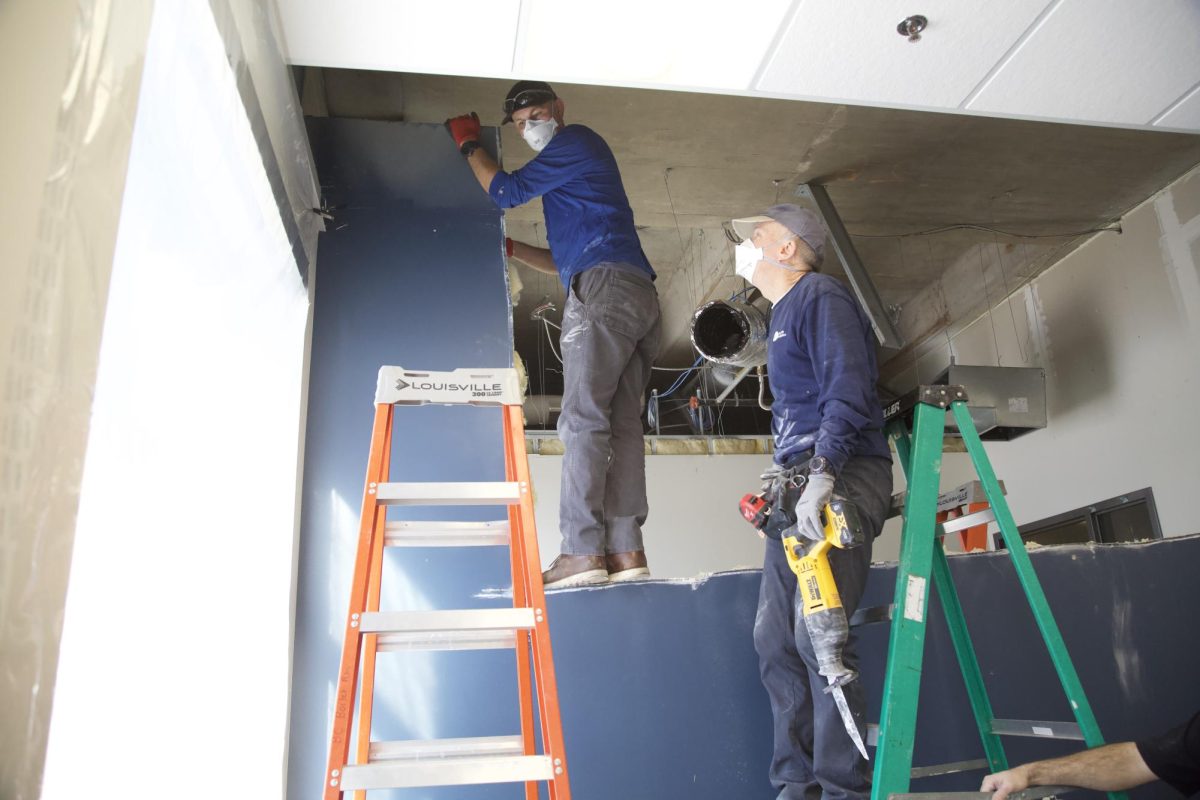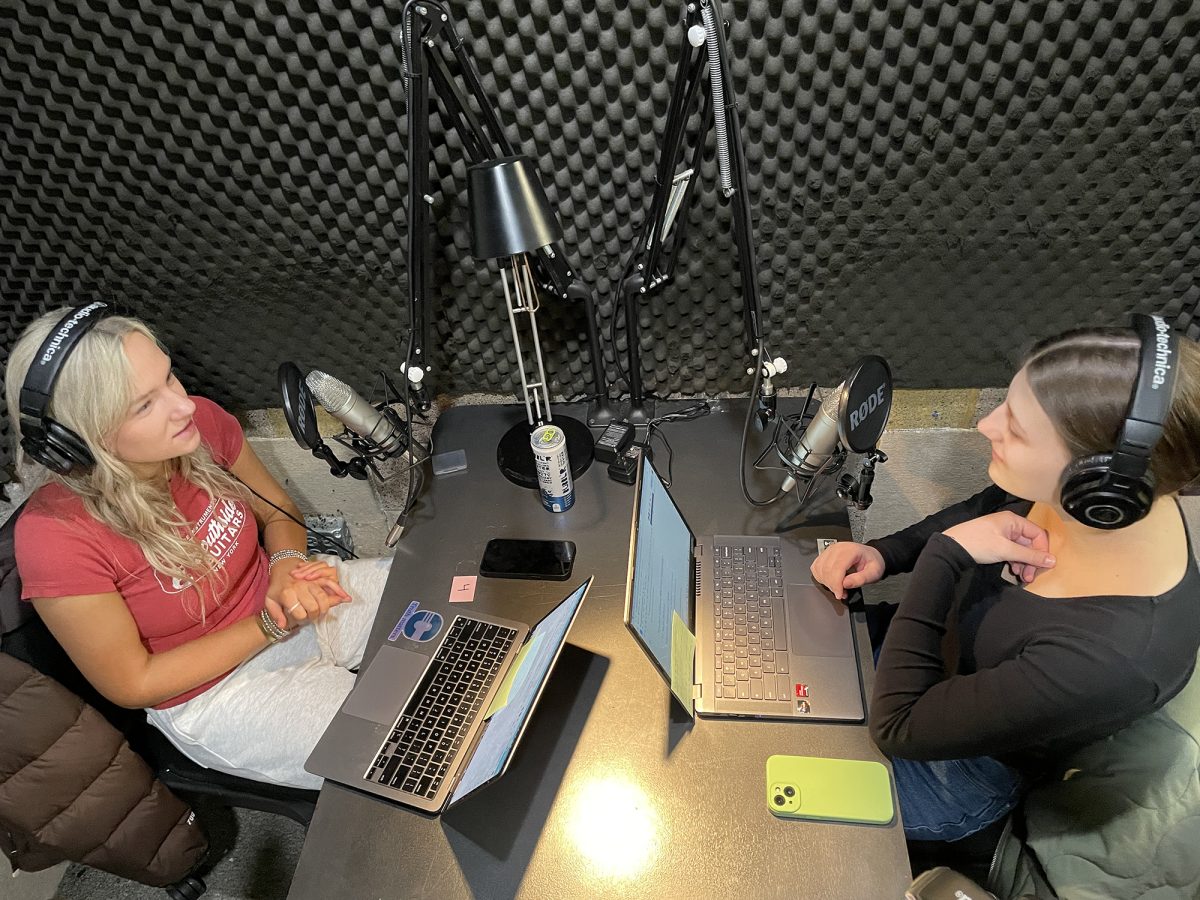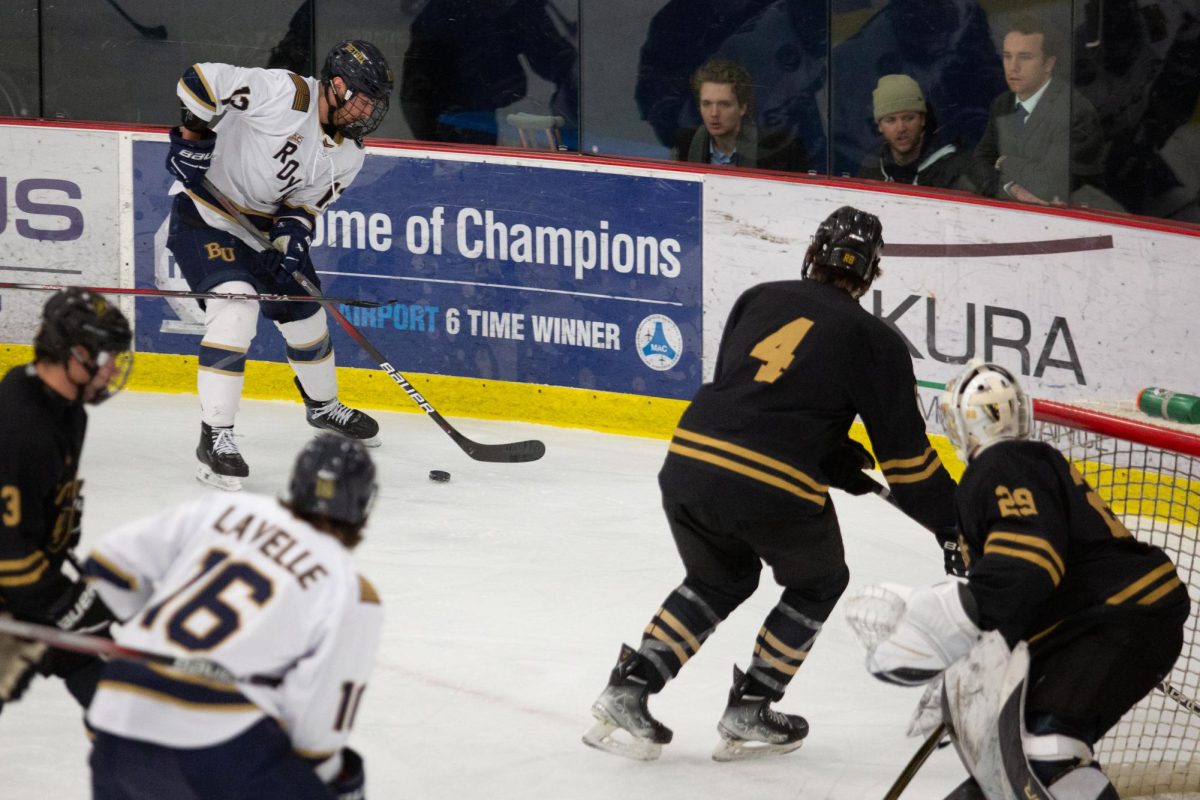As a long and lanky, gap-toothed kid, I thought very little about my appearance. My mom let me dress myself, so I wore whatever I wanted. The most trouble that got me into was being chased by a boy at the park because I was wearing my fleece Tigger the Tiger onesie, and he liked Winnie the Pooh.
Like my wardrobe, my mom gave me total creative control over my hair styling as well – with exception to the bob cut I forcibly rocked until middle school (Mom was fed up with untangling food out of my hair).
But the moment I really had to rethink my free-spirited sense of style was in 2010 at my brother’s Grand Slam birthday party. I chose a bold pigtail look, pulling whatever hair I could into the two binders tied directly above each of my ears. My hair made me feel pretty. An hour or so into laser tag, I was cornered by a girl my age who – with all the condescension an eight-year-old can possess – scoffed,
“Here’s a tip. Pigtails don’t come from the sides.”
I held in my tears long enough to safely exit the room and sob out some of the newfound shame I felt into my mom’s arms.
I was humiliated. There were rules to my appearance that I didn’t know. I wasn’t pretty anymore.
In fifth grade, I boarded my K-12 charter school bus each winter morning proudly wearing my oversized St. Mary’s Point hockey jacket with a pom-pom beanie resting just above my eyes. All the boys on my team wore the same swag. One below-freezing morning, I walked to the back of the bus and took a seat by myself. Across the aisle sat a ninth grade boy. I could feel his eyes scanning me until finally he taunted,
“Are you a boy or a girl?”
I looked down at my uniform skirt only partially covering my bare, freezing legs. Could he really not tell?
Over the following years, I began studying how to be female. I shadowed the popular girls at recess and eavesdropped on locker room conversations between my new public-schooled girl hockey teammates. I needed to learn their rules.
Proper feminine recess etiquette was the first thing I picked up from observations. I said goodbye to playing soccer with the boys and joined four square with the girls instead. Off the bat, my competitive nature was met with eye rolls and pushback from my new friends. Stop trying to win, I told myself. Nothing about the pace of four square felt natural, but I knew I would have to adjust. Boys were picking girlfriends at this point, and I was still a long way from acing any type of femininity test. I needed four square.
Lesson One: to be female is to be meek.
In 7th grade, gossip spread from my teammates at Oakland Junior High about boys I knew asking for nudes and grabbing girls’ asses in the hallways. I was mortified. Was it because of the leggings they wear to school? I wondered. Thank God I wear uniform skirts.
I didn’t want anyone touching me or asking for nudes, but I reconciled with the fact that if I really wanted to be female, those feelings might have to change.
It wasn’t long before I received my first request for nudes. I blocked him immediately. A mixture of disgust and anxiety crept across my body, but I knew this was a step in the right direction.
Lesson Two: To be female is to be sexualized.
The gap in my teeth filled in by the time I hit junior high, but I still wasn’t pretty. High ponytails and long dutch braids filled each classroom I walked in. It was the girls with long hair who had boyfriends. That’s what I needed.
I ceased trips to the salon and started wearing mascara. I picked up on how to braid and style and accessorize. Boys at school still didn’t notice me, but I got some attention at summer camp. I didn’t cut my hair for five years. It still needs to be longer.
Lesson Three: To be female is to be pretty.
I graduated from my charter school in a class of nearly 70 students, having had no boyfriends or prom dates and one failed situationship (do those ever succeed?).
My relationship record didn’t show, but I had been mastering the rules – no doubt I was female!
A few months later, I packed up and moved two states away, into a small Wheaton College dorm room with a random roommate who didn’t like my nose ring– maybe the rules are different where she’s from.
In my fourth semester of college, I sat in my art major-required Sophomore Cornerstone night class, located in a small room on the second floor of Adams Hall, which looked like it should host business meetings and not art classes.
My professor asked each of us what our biggest fear as an artist was.
“For my art to be perceived the wrong way,” someone said.
“And what’s the worst thing that could happen if it was?” My professor challenged.
Nothing scared me more than false perception– except maybe rejection.
But I was also a firm believer that bodies were art. And if art is up to individual interpretation, surely humans, too, were susceptible to being wrongly perceived.
When the semester ended, I grew excited to try a new art medium – I became a model.
This might seem odd given the fact that socially-constructed femininity comes so unnaturally to me. Or maybe it makes perfect sense that I chose a title which can so often be stereotyped with the very things I once believed. The very things I needed to become in order to be truly female: meek, sexualized and pretty.
But modeling has nothing to do with fitting in a box and everything to do with ascending the box-mentality altogether.
A year ago, I got photos back from a portfolio shoot I did. On shoot day, the photographer and makeup artist agreed my vibe was going to be “London school boy.” I was all in on the vision. Looking at the long, collared black jacket I’d sported with a slight wave in my shag haircut, I couldn’t help but see stark resemblance between myself and Mr. Darcy from the Kiera Knightly edition of “Pride and Prejudice.” How cool is this? I thought.
In the industry, nothing is mutually exclusive: I found I can be masculine and feminine, outgoing and introverted, full-faced makeup and all natural – I can play both soccer and four square.
In front of the camera lens, I don’t feel the pressure that I need to get a nose job or pluck down my eyebrows – uniqueness is interesting. And worth celebrating.
But I haven’t totally outgrown the internalized misogyny I participated in as a child. To me, feeling feminine — like wearing stilettos or a non-baggy shirt outlining the curve in my chest — can still feel inherently sexualized.
Now, I shop in the men’s section at Goodwill and wear baggy jeans most days. Of course, there’s nothing wrong with that, just like there is nothing inherently wrong with long hair or four square. But, after years of shapeshifting myself to fit in the made-up box of what it means to be female, my devotion to the male gaze shifted to a fear of it.
If you can’t beat them, dress like them… right?
There is always time to unlearn lessons.
A few months ago, I sat down in a Great Clips chair and told the hairdresser what I wanted. She looked at me first in surprise, then she seemed impressed.
“People don’t usually ask for that big of a change,” she said.
After bouncing my knee for fifteen minutes in anticipation, I sat grinning at the eight inches of hair laying on the floor below me. I had long outgrown my old Tigger onesie. But my new bob haircut made me feel pretty.




















